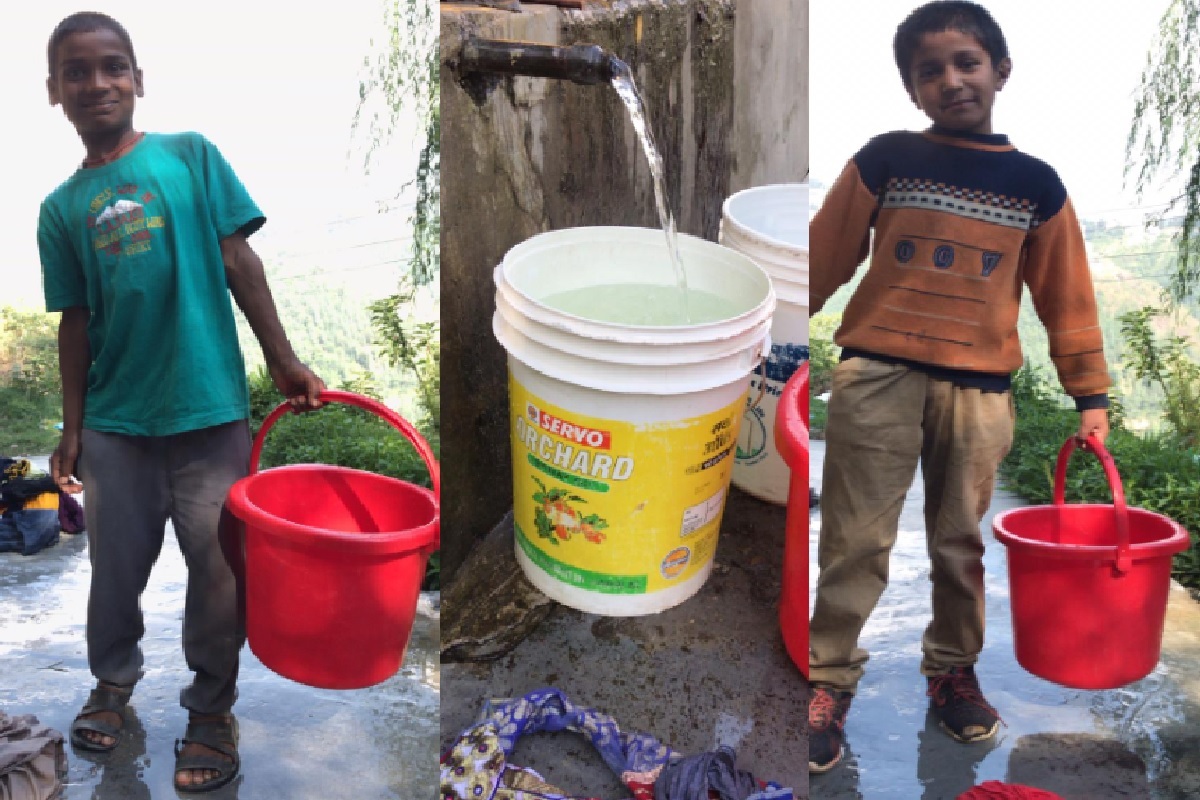In the heart of our country, where bustling cities meet sprawling agricultural lands, a silent crisis is unfolding. Reservoir levels across India have hit a five-year low, signalling a looming threat to both drinking water and power supply. As we brace ourselves for the scorching summer months ahead, it is imperative to acknowledge the gravity of the situation and take decisive action to mitigate its consequences.
One need not look far to witness the repercussions of dwindling reservoir levels. In a city like Bengaluru, often heralded as India’s ‘Silicon Valley,’ water supply cuts are already a reality. The scenario is eerily reminiscent of 2019 when southern cities like Chennai grappled with acute water shortages, leaving residents parched and industries crippled. The spectre of history repeating itself looms ominously unless swift measures are implemented. What lies at the heart of this crisis? A combination of factors, from erratic monsoons to over exploitation of water resources, has led us to this precipice. Last year’s monsoon season, marked by the lightest rains since 2018, exacerbated the situation, with the El Niño weather pattern compounding the woes. The uneven distribution of rainfall further aggravated the problem, leaving certain regions parched while others received a deluge. However, it’s not merely a question of weather patterns and rainfall. The crisis underscores systemic vulnerabilities in India’s water management policies. Despite being home to vast river systems and reservoirs, we find ourselves grappling with scarcity year after year.
The over-reliance on monsoon rains to replenish water reserves is a risky gamble, one that we can ill afford to continue. Moreover, the nexus between water and power generation adds another layer of complexity to the equation. With hydropower generation down by 17 per cent despite robust electricity demand, the repercussions are felt across sectors. As reservoir levels plummet, so does our capacity to generate clean energy, exacerbating our dependence on fossil fuels and further straining our environment. As we navigate these turbulent waters, it is imperative for policymakers to heed the warnings and act decisively. Long-term solutions, such as investing in water conservation measures and diversifying our energy sources, are paramount.
From promoting rainwater harvesting techniques to incentivizing renewable energy projects and reducing dependence on crops that need more water, there exists a myriad of avenues to explore. Yet, perhaps the most pressing challenge lies in fostering a culture of water consciousness among citizens. From reducing wastage to embracing sustainable practices, each individual has a role to play in averting the crisis. After all, water scarcity knows no boundaries and affects us all, regardless of our socioeconomic status or geographic location. In the face of adversity, there lies an opportunity for transformation.
Let us seize this moment to reimagine our relationship with water and chart a course towards a more sustainable future. For, in safeguarding our water resources today, we secure the well-being of generations to come. The time for action is now.












